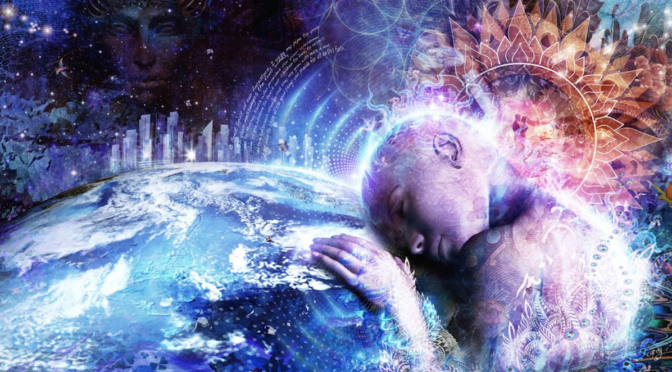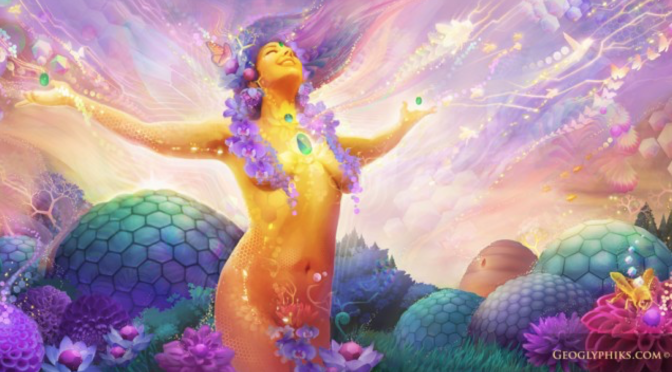Nowhere is the disconnect between science and spirit felt more intimately than in matters of mental health.
We can speak empirically on this by saying things like, “America spends over $113 billion a year on mental health treatment,” or “depression affects over 14.8 million adults,” but, cold data marginalizes actual human experience, so if you’re suffering, this doesn’t really help much.
The statistical view does, however, tell us that mental illness is epidemic in our culture, that an enormous economy has risen around the mainstream medical approaches to treating mental illness, and that this industry does not appear to be effective in reversing the growing epidemic of mental illness.
What is Madness?
The influential book on Western mental health, the Diagnostic and Statistical Manual of Mental Disorders, or DSM, presently lists some 300 mental disorders that a doctor, psychiatrist or psychologist can choose from when diagnosing a patient.
Given that many of the symptoms of poor mental health are overlapping, like mood swings, depression, and anxiety, psychiatry is a subjective science at best, and the pathological model to matters of the mind and spirit doesn’t always work.
There is, of course, another perspective on mental wellness, one much older than the DSM and theAmerican Psychiatric Association. Many of the world’s indigenous cultures would view our mental disorders not as symptoms of something wrong with a person, but rather as evidence of the arrival of incompatible psychic energies into the person’s life. Energies that must be dispelled or integrated, rather than ignored or subdued. Continue reading












